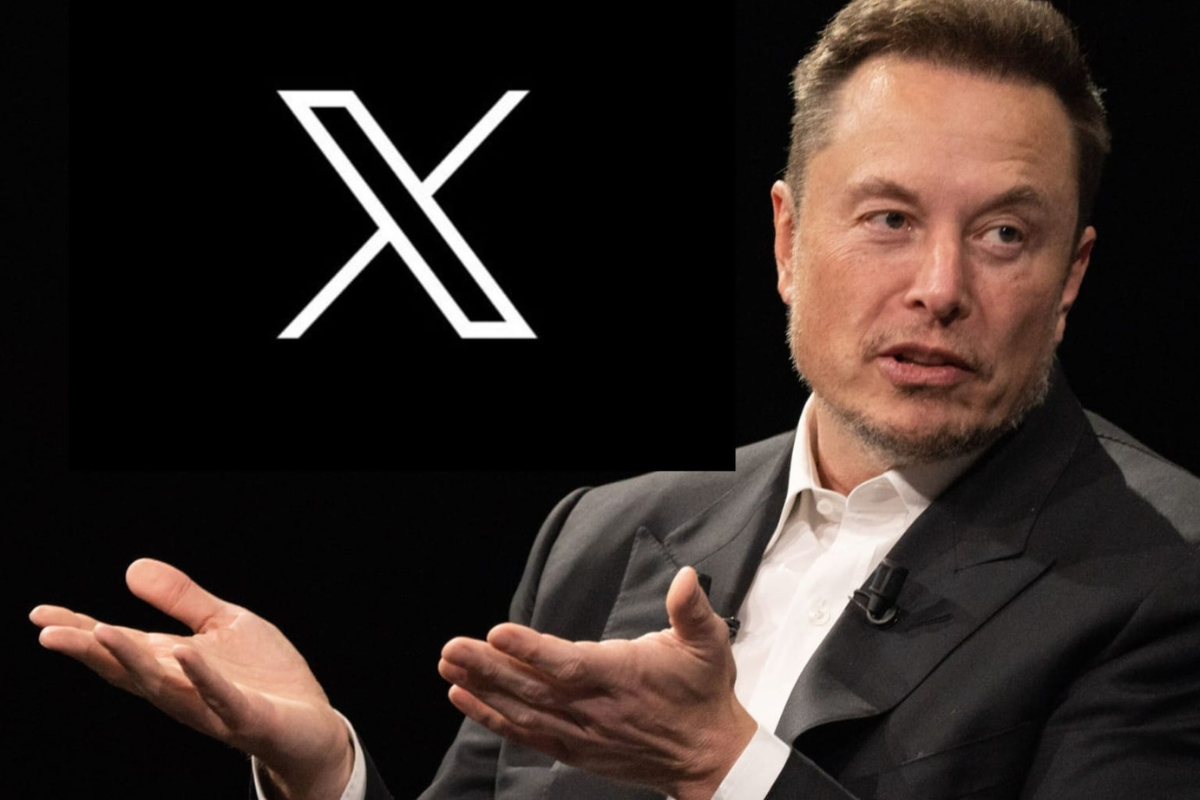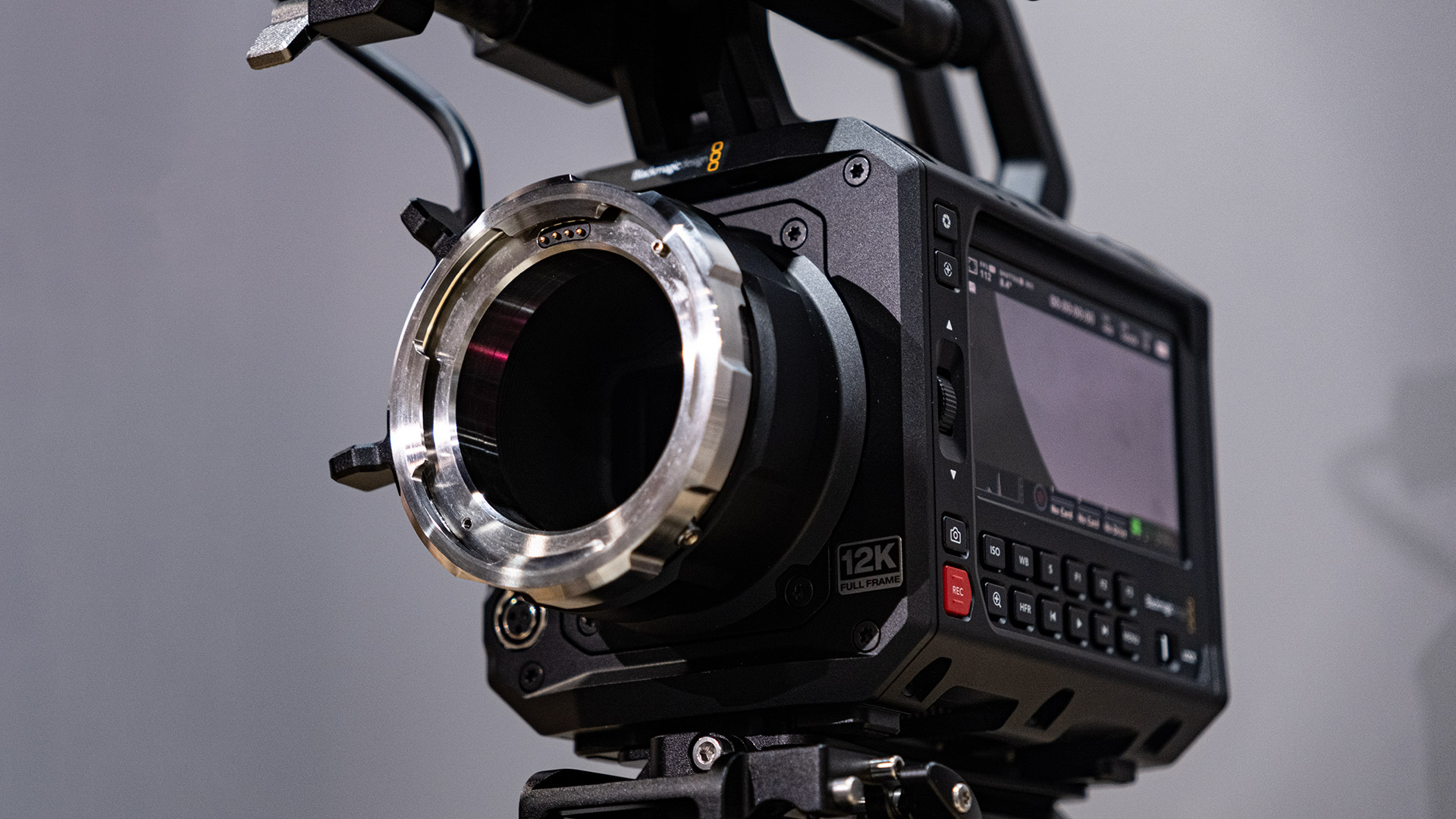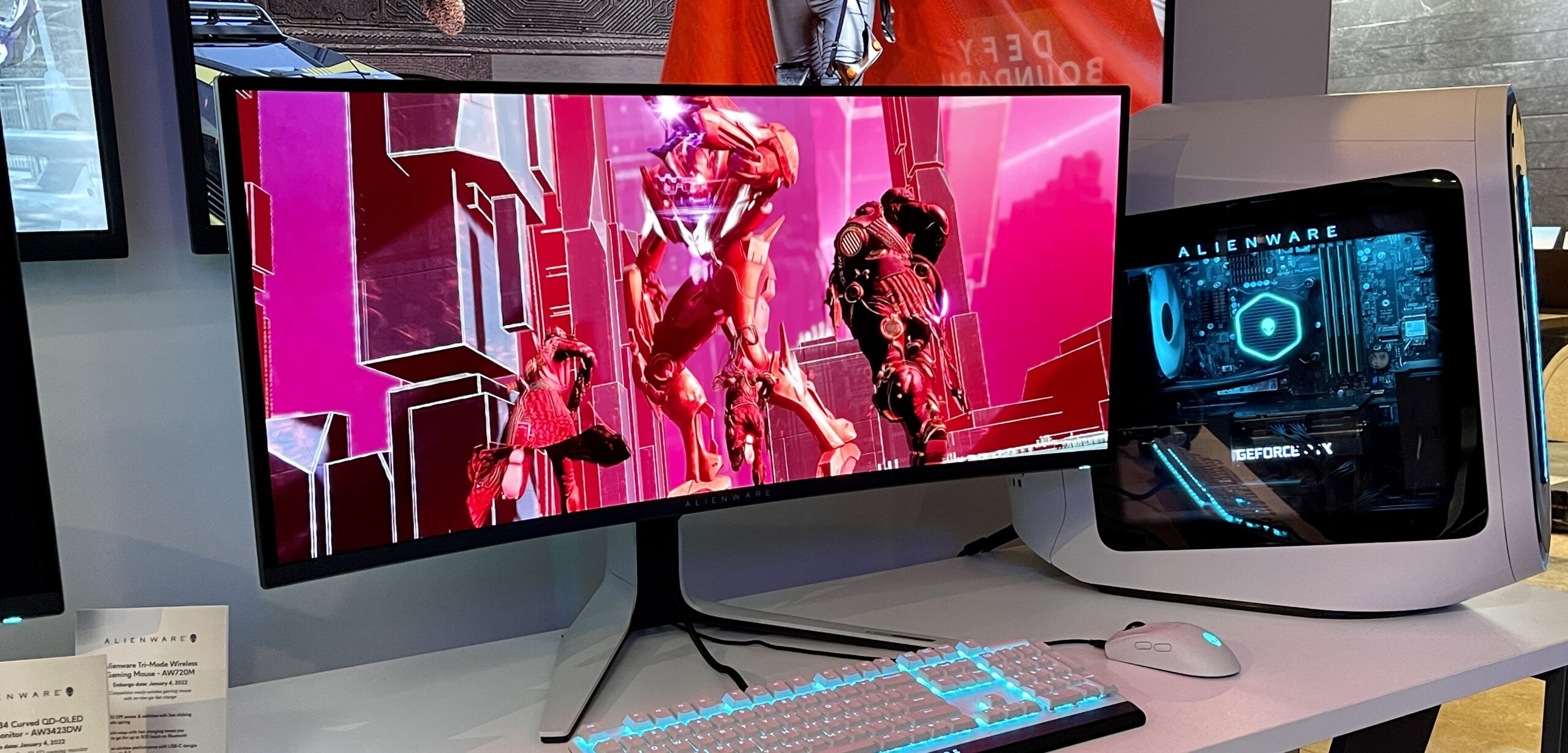Tesla CEO Elon Musk has announced plans to construct what could become the world’s most powerful AI supercomputer. Named the Dojo ExaPod, this supercomputer aims to revolutionize AI training and significantly enhance Tesla’s capabilities in autonomous driving technology.
The Dojo Supercomputer
The Dojo supercomputer, part of Tesla’s ambitious AI endeavors, is designed to handle massive amounts of data crucial for training machine learning models, particularly for self-driving cars. The project’s lead, Ganesh Venkataramanan, revealed that the supercomputer would use Tesla’s internally designed D1 chip. This chip, built with 7-nanometer technology, boasts impressive bandwidth and computational power, making it a pivotal element in achieving high performance.
Investment and Location
Tesla is investing over $500 million in building the Dojo supercomputer at its Gigafactory in Buffalo, New York. This investment is part of a broader economic development plan announced by New York Governor Kathy Hochul, which includes significant state and private funding to foster AI advancements.
However, Musk has clarified that while $500 million is substantial, the total investment required to remain competitive in the AI sector is much higher. He indicated that Tesla would spend several billion dollars annually on AI hardware from Nvidia and AMD. This includes purchasing the latest Nvidia H100 GPUs and AMD’s Instinct MI300 chips to ensure the Dojo ExaPod meets its performance targets.
Technical Specifications and Goals
The Dojo ExaPod is expected to deliver over an exaflop of computing power, which equates to one quintillion floating-point operations per second. This level of performance would make it the fastest AI training computer globally. Tesla’s design allows for seamless connectivity between multiple D1 chips, forming a powerful network capable of high-speed data processing.
Each Dojo training tile, a fundamental unit of the supercomputer, delivers 9 petaflops of performance with 36 terabytes per second of bandwidth. These tiles can be combined into larger clusters, with a 10-cabinet system potentially breaking the exaflop barrier. This architecture not only provides immense computational power but also ensures energy efficiency and a relatively compact form factor for such a powerful machine.
Future Implications
Tesla plans to utilize the Dojo supercomputer primarily to advance its self-driving technology by training neural networks more effectively. Beyond that, Musk envisions offering Dojo’s capabilities to other AI developers, potentially setting a new standard in AI research and development.
The Dojo project faced a significant setback with the departure of its initial project lead, Ganesh Venkataramanan, but has since continued under the leadership of Peter Bannon, a seasoned Tesla executive and former Apple engineer. Despite these challenges, Tesla remains committed to pushing the boundaries of AI and supercomputing.
Elon Musk’s vision for the Dojo ExaPod represents a significant leap forward in AI technology. With substantial financial investments and cutting-edge hardware, Tesla aims to create a supercomputer that will not only enhance its autonomous driving systems but also contribute to broader AI advancements. The success of this project could position Tesla at the forefront of AI innovation, setting new standards in computational performance and efficiency.










Add Comment